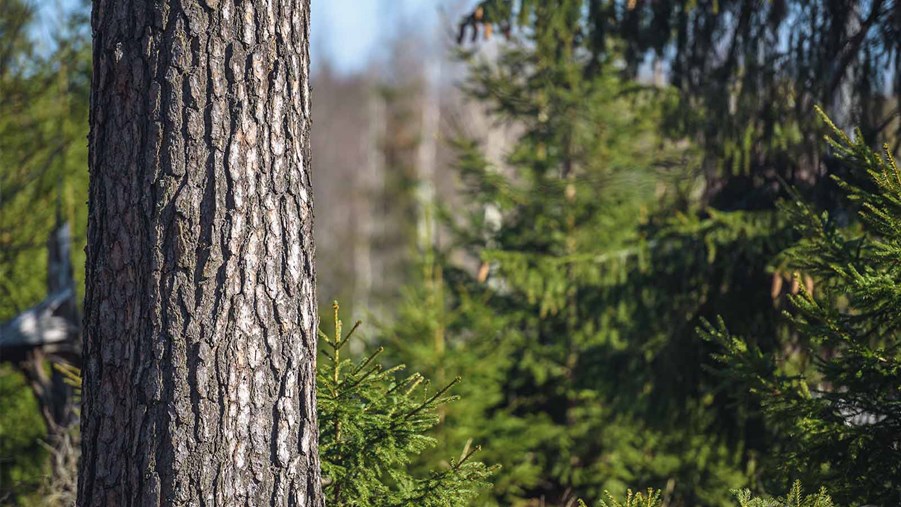What is meant by managed forest? And why are forests managed?
What does managed forest mean?
In managed forests, activities are conducted to produce timber. With tract logging, this means that forest is regenerated, cleaned, thinned and harvested at regular intervals. Sweden is a very elongated country, and conditions between the north and south of the country vary considerably. This also means that forestry can look a little different, depending on where in the country it is conducted.
Cleaning: Smaller trees are cleaned to create space for trees to grow. Cleaning typically takes place five years after planting. Certain areas of forests may also be cleaned to improve access, for example around paths or viewpoints. Felled trees are usually left on the ground to rot, which benefits biodiversity.
Thinning: Thinning is effectively the same as cleaning because it also means the removal of certain trees to improve conditions for other trees. With thinning, however, trees are larger than with cleaning. A forest may need to be thinned up to three times before it is ready to be harvested.
The Swedish Forestry Act states how forests should be managed. After thinning, for example, forest stands are not permitted to be too sparse. Tree species must be those that grow well on the soil in question. After thinning, trees must be reasonably evenly distributed and preferably undamaged.
Planting: Once trees have been felled in the final harvest, it is time to plant again. For every tree cut down in Sweden, between two and three new seedlings are planted. After planting, the phases of a forest’s lifecycle begin again, including cleaning, thinning and felling etc.
Tract logging has long been the dominant method of Swedish forestry. Interest in other ways of managing forests, for example various forms of continuous-cover forestry, is increasing. This involves felling a limited number of trees in certain areas, with felling often focused on trees with specific characteristics, or trees of a certain size.
There is an interest in increasing the knowledge about continuous-cover forestry. Research in the area is lacking, and more knowledge is needed both on how different types of forestry affect biodiversity and how to sustainably increase growth in Swedish forests.
